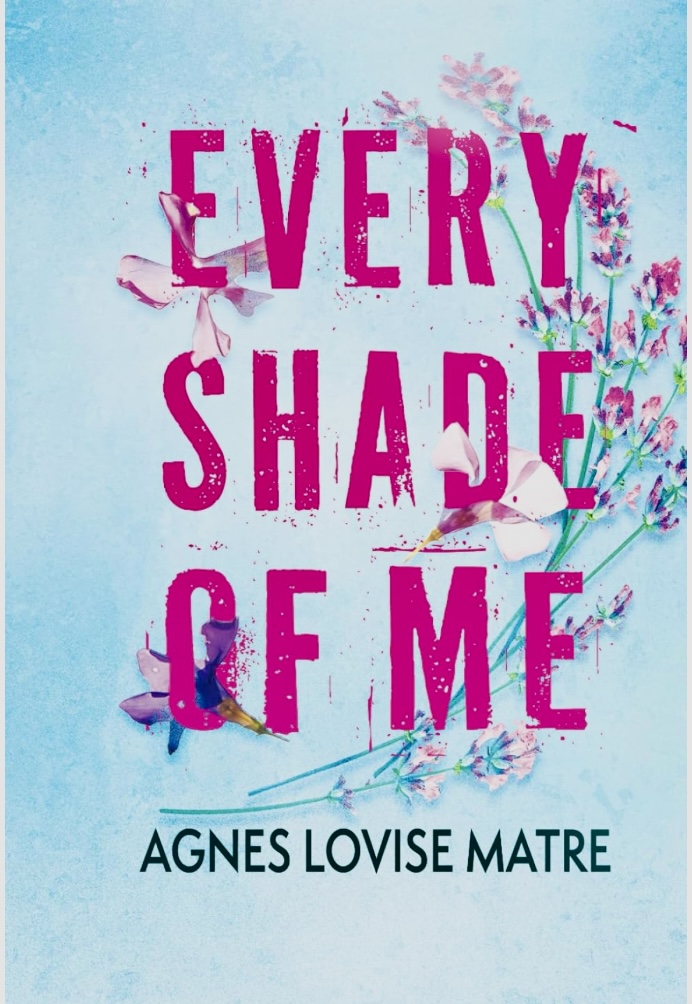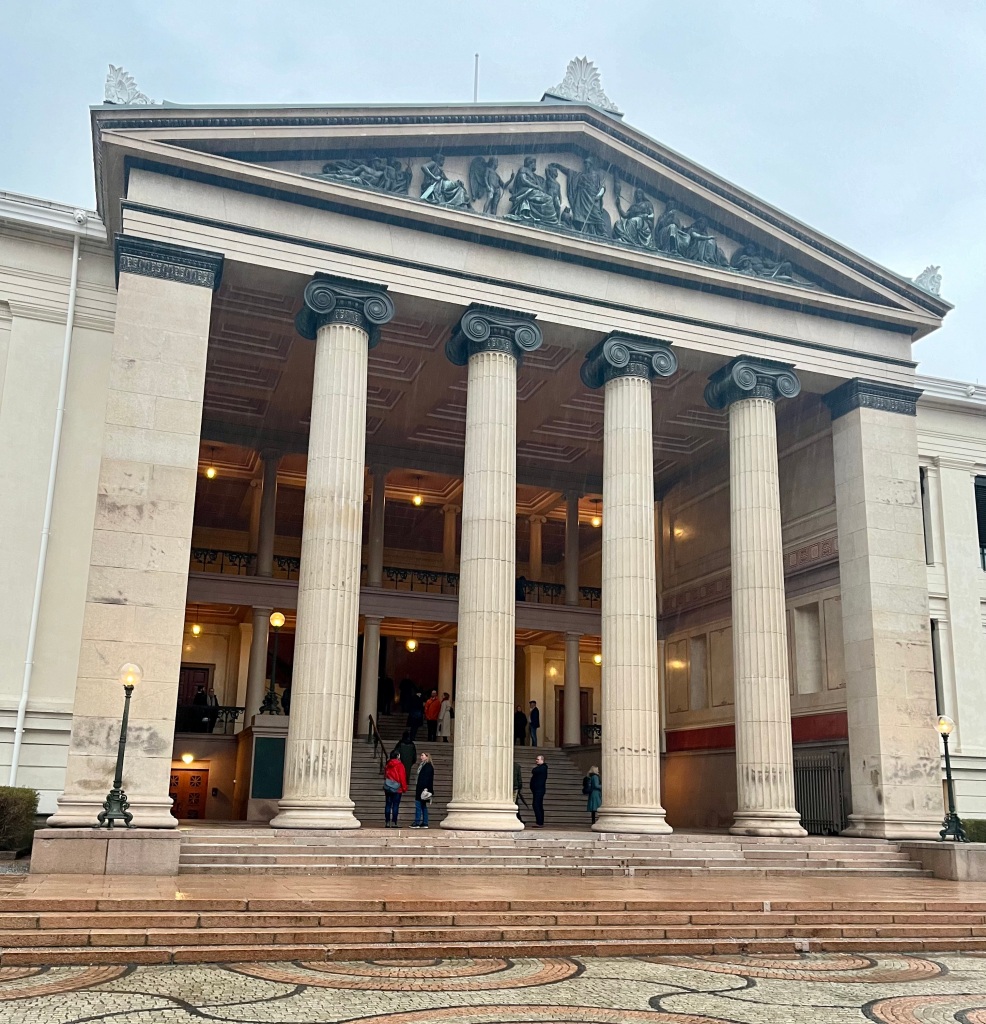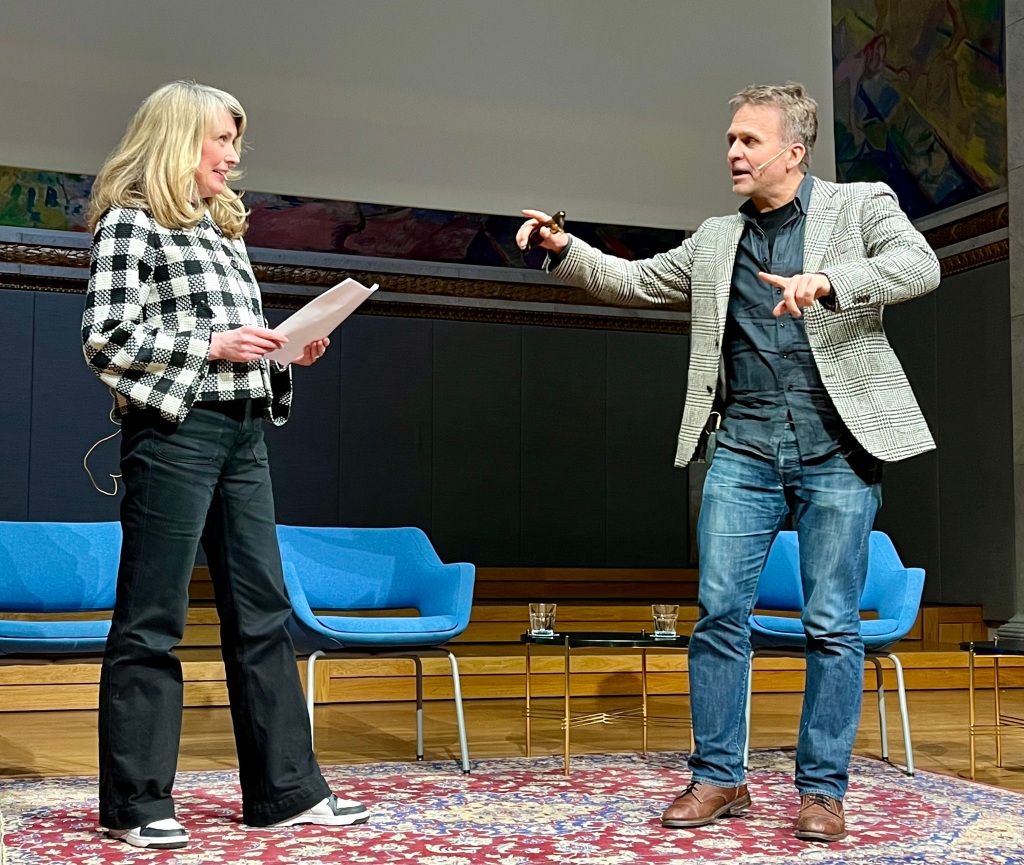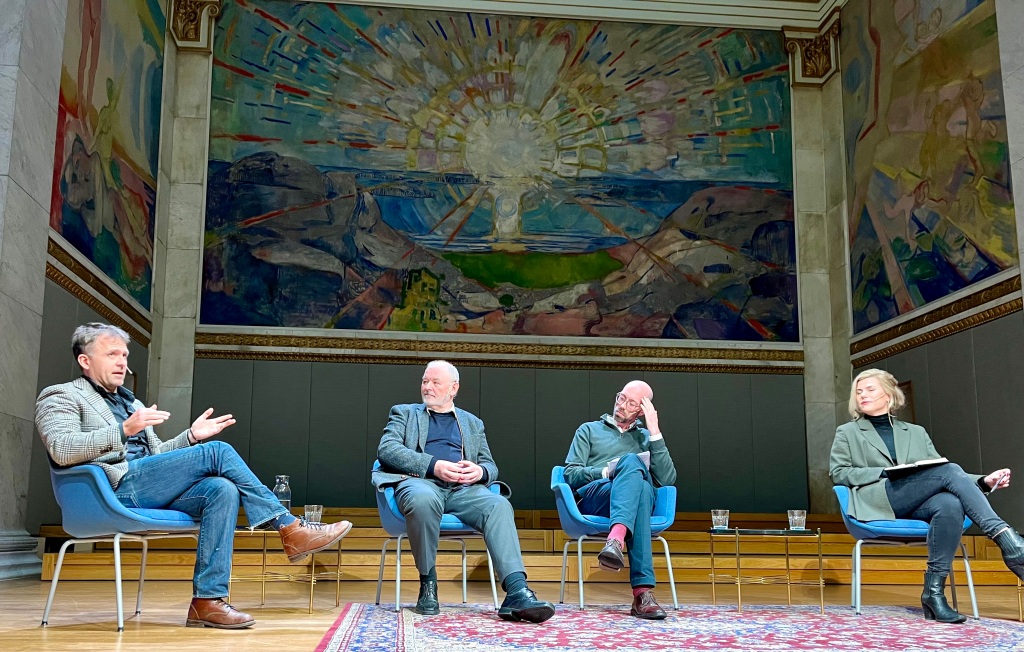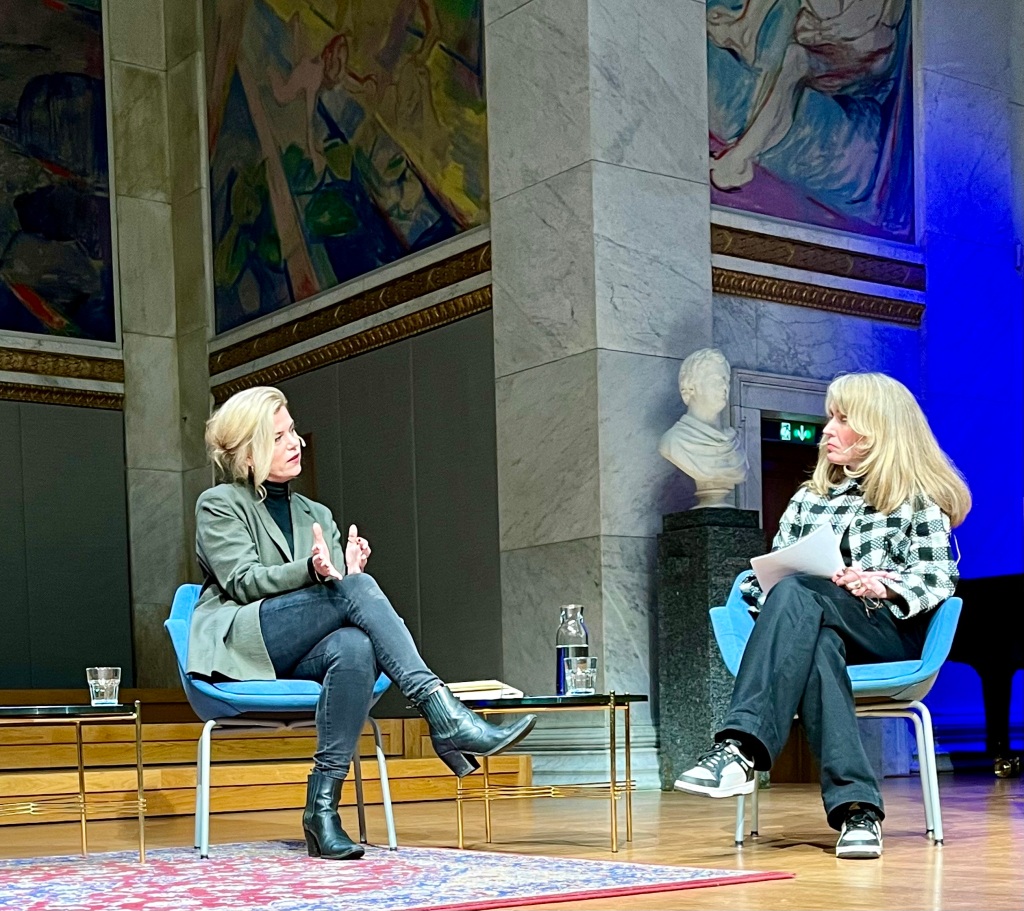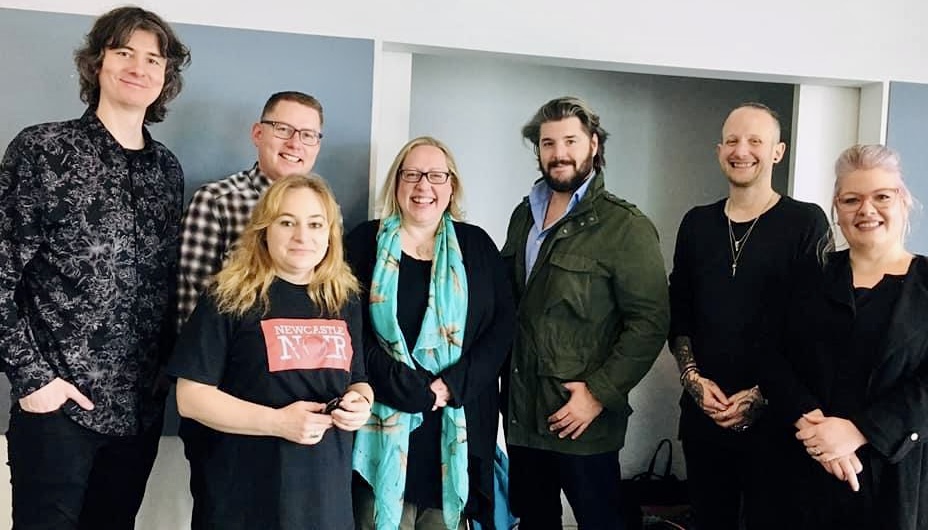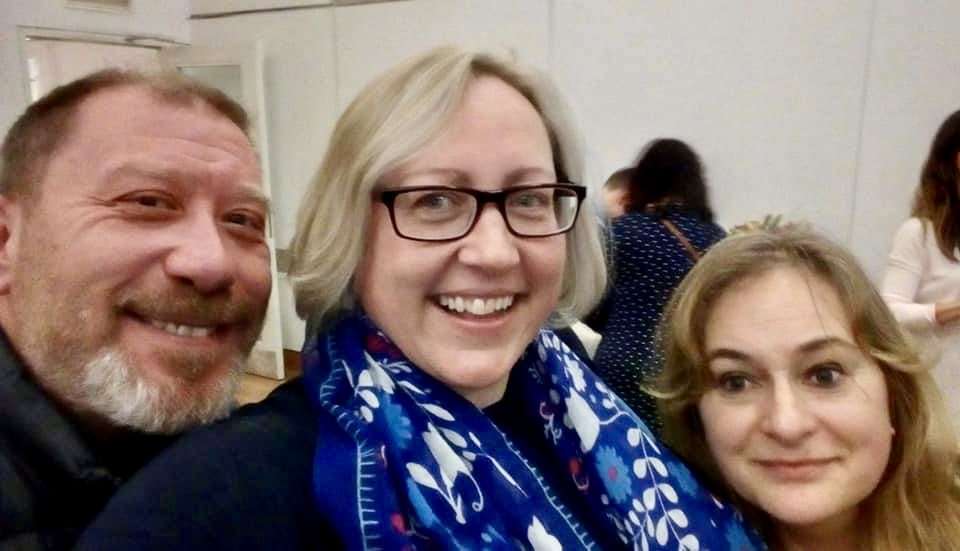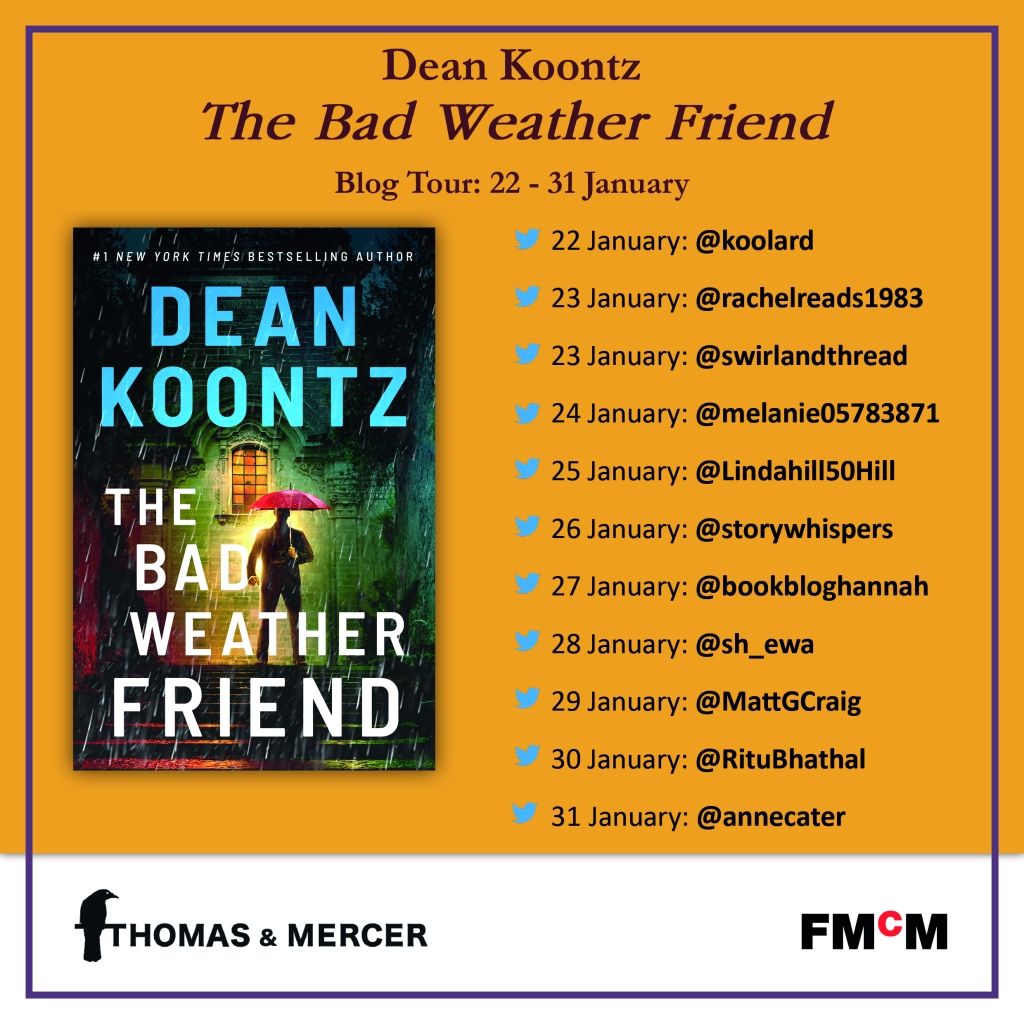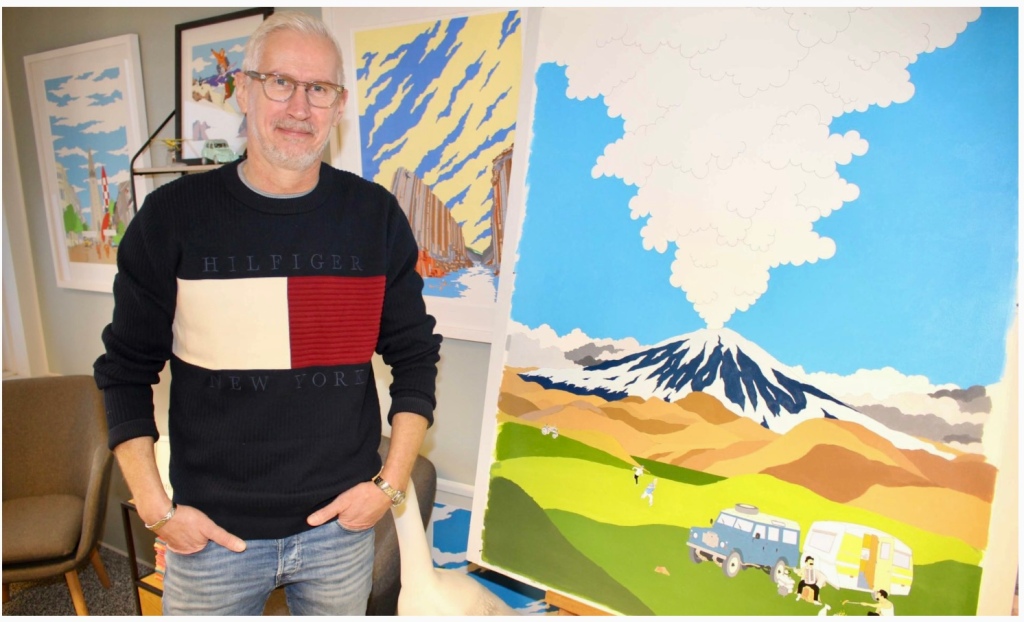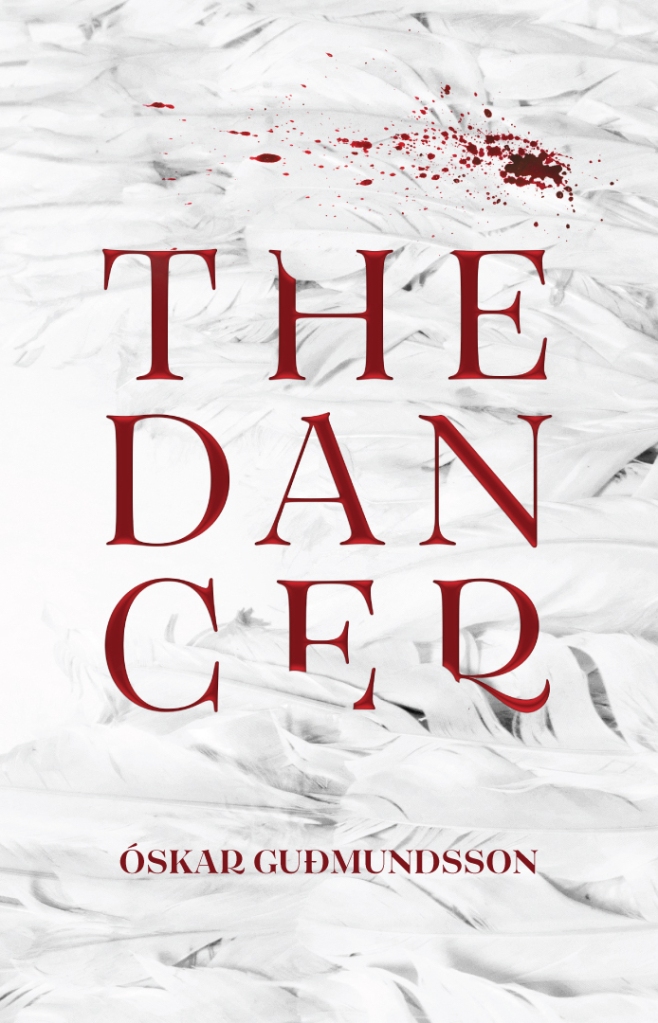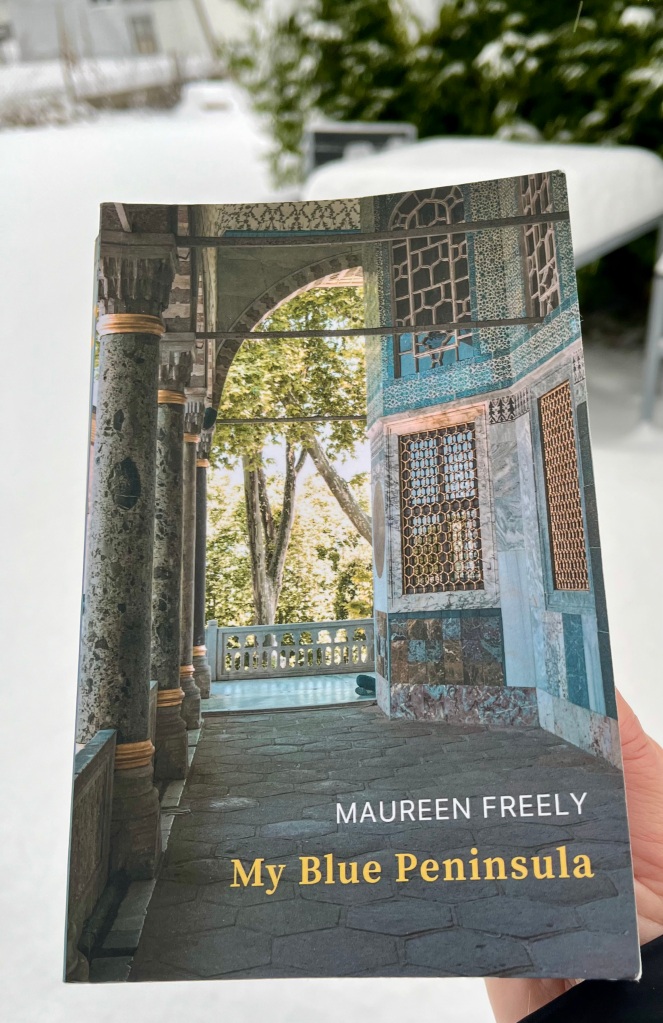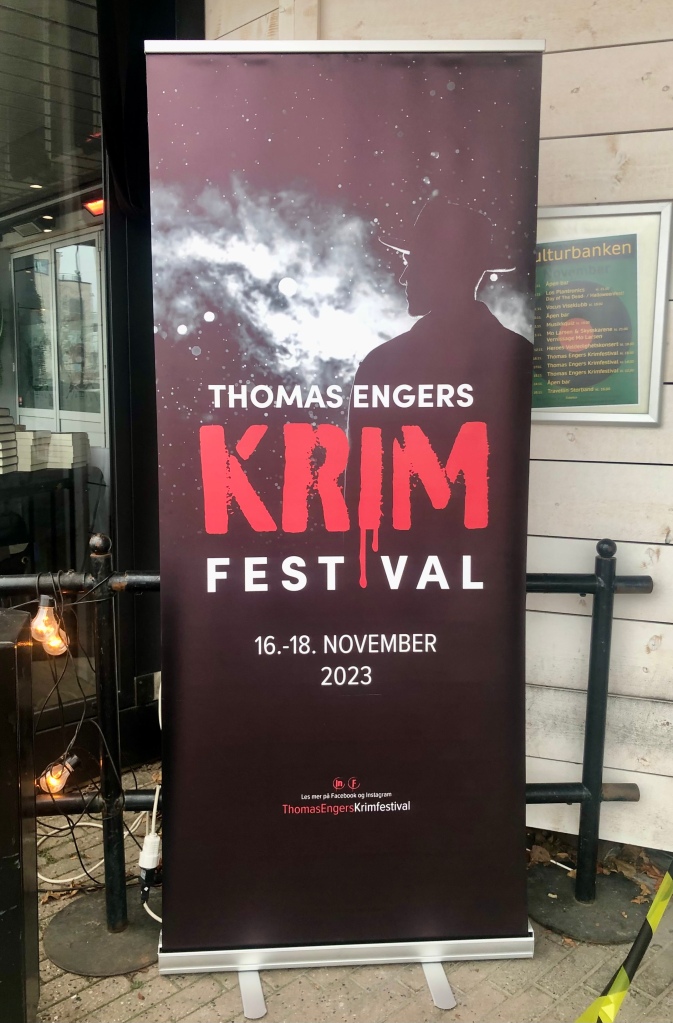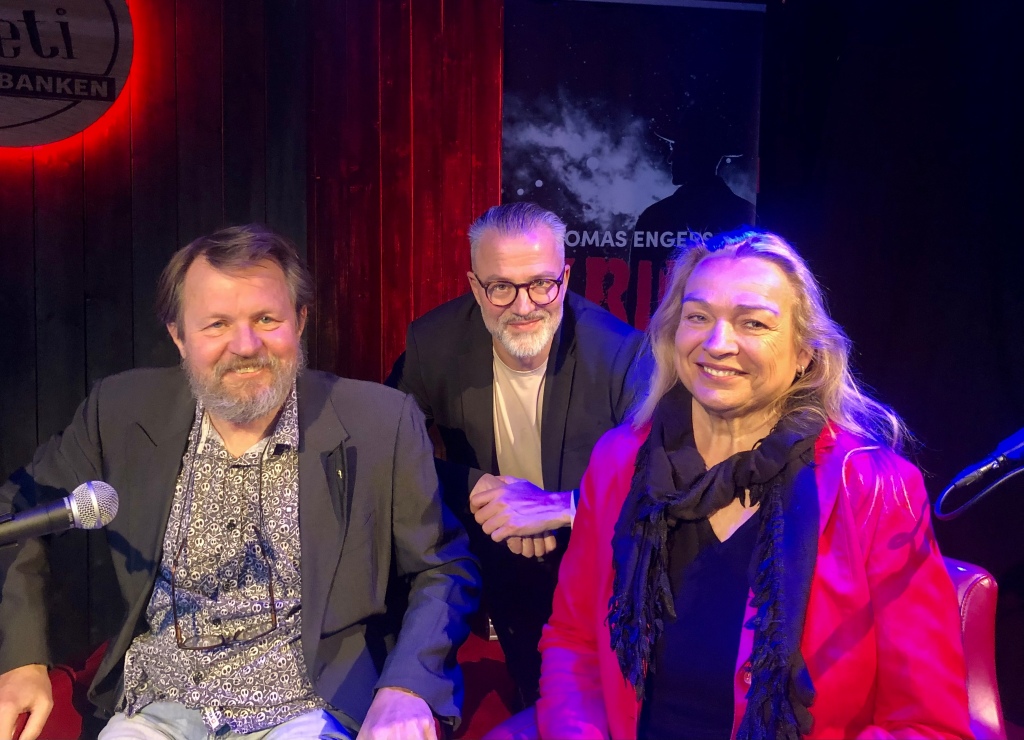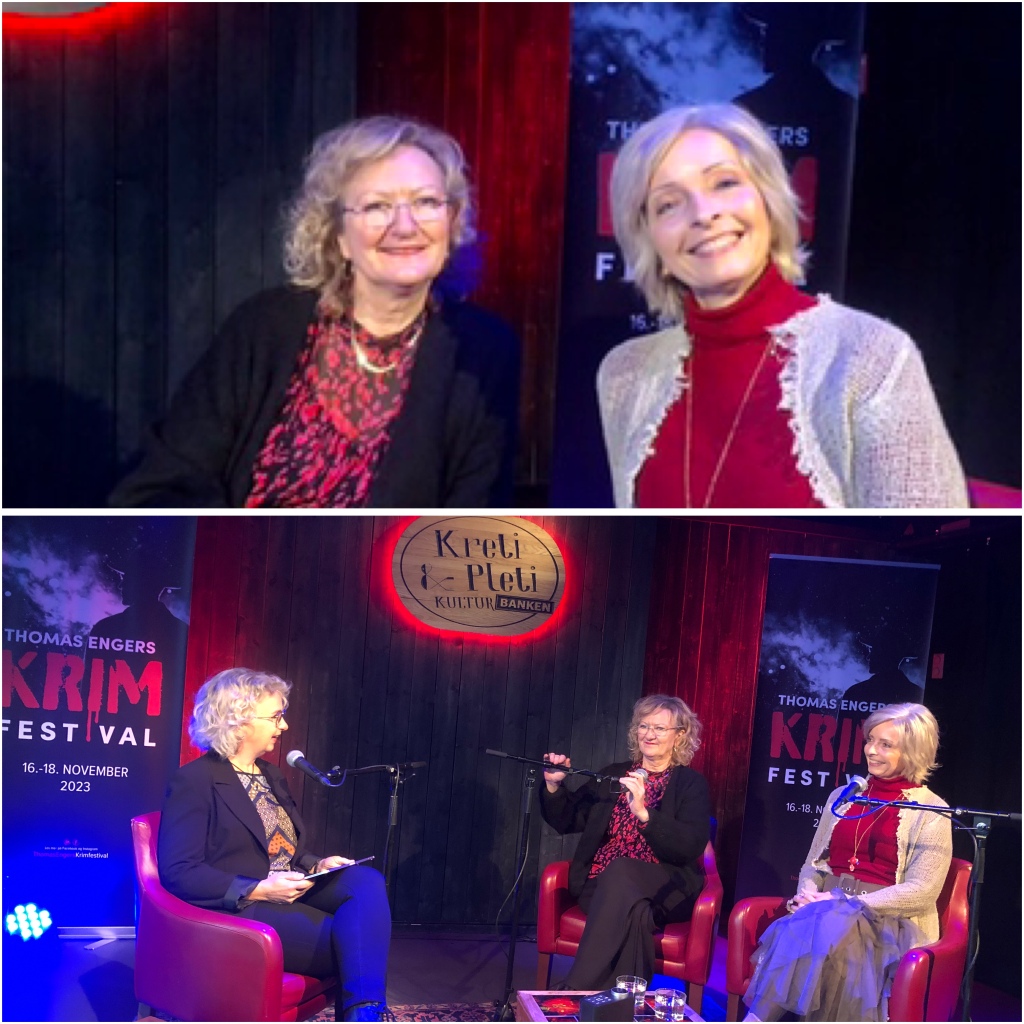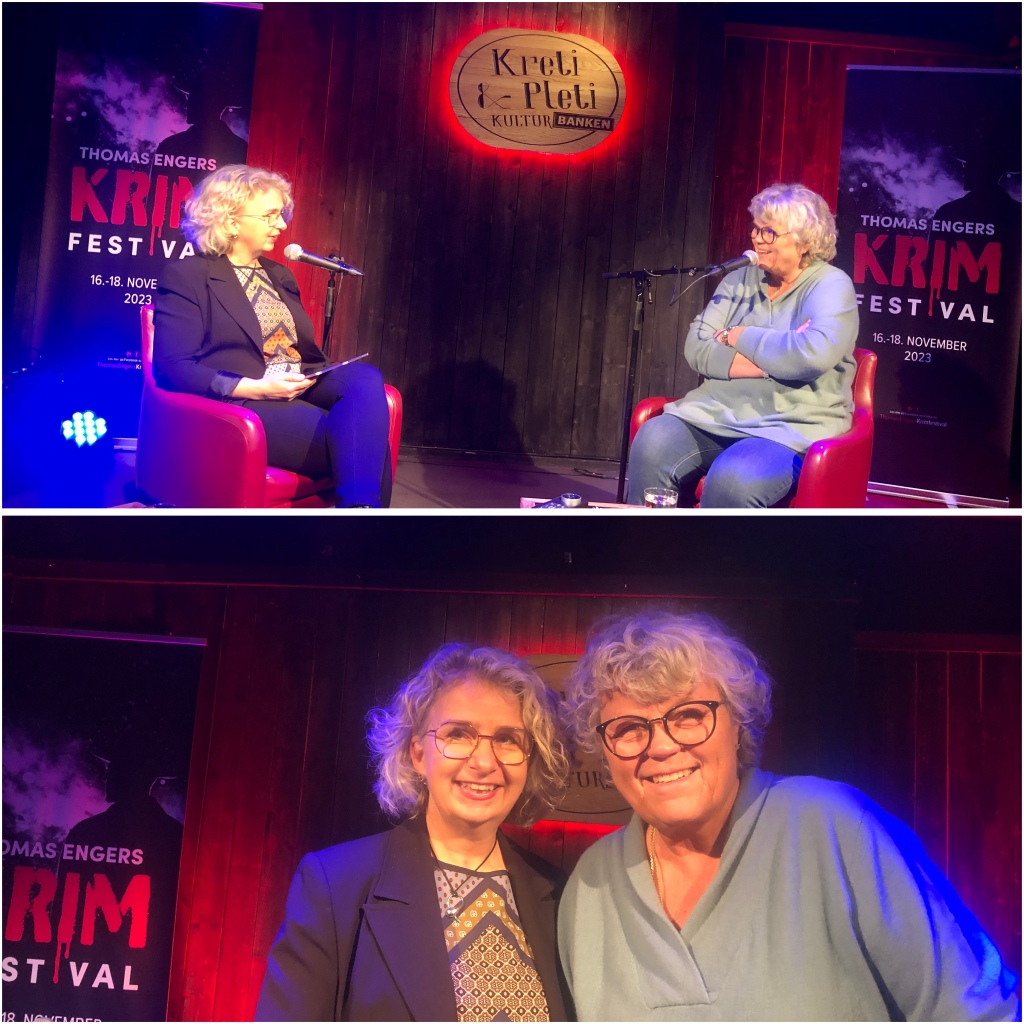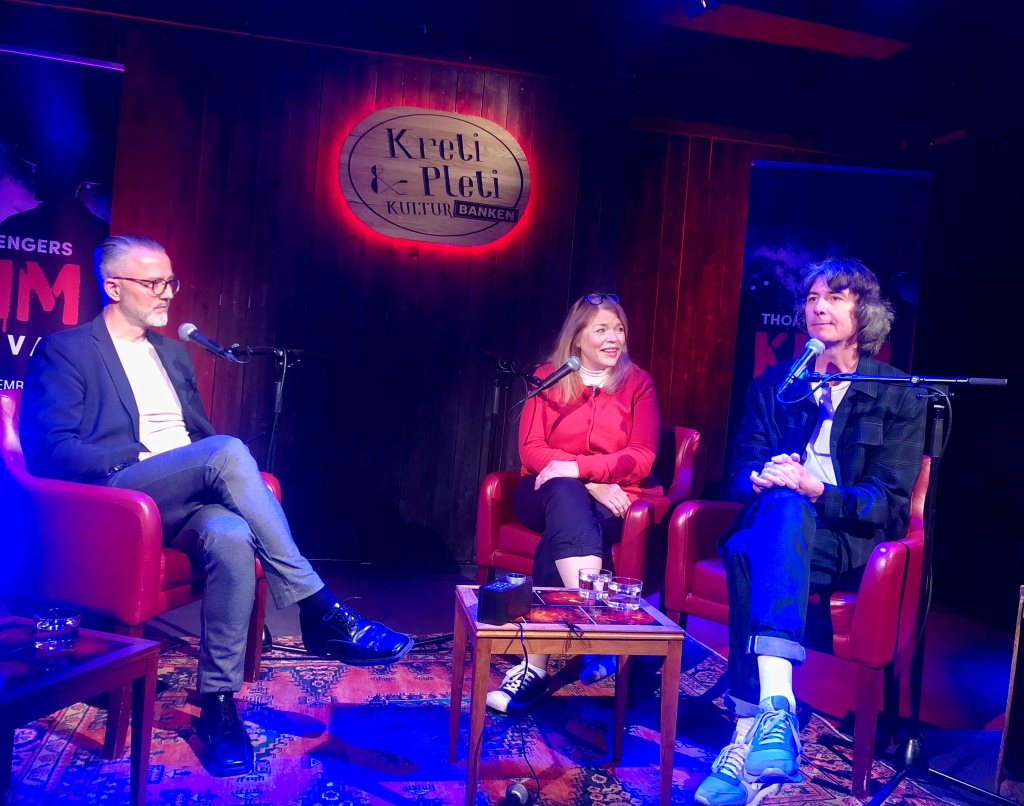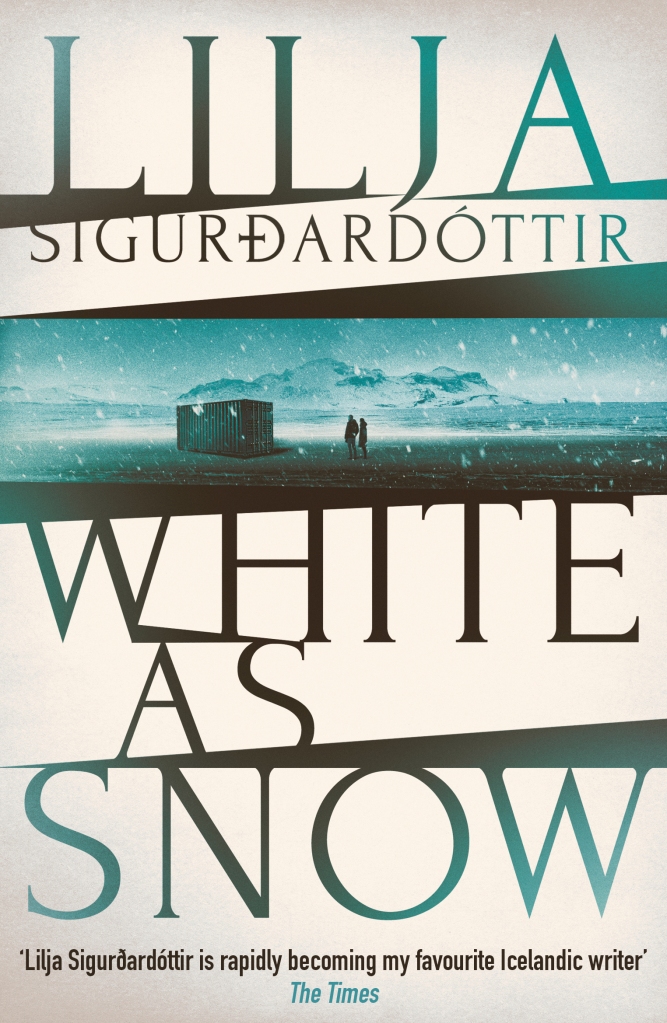Jon Fosse is a Norwegian author, translator, poet and playwright. His work spans over seventy novels, poems, children’s books, essays, and theatre plays which have been translated into over fifty languages The most performed Norwegian playwright after Henrik Ibsen Jon Fosse is currently – with productions presented on over a thousand stages worldwide – one of the most performed contemporary playwrights globally. When he was awarded The Nobel Prize in Literature last year ‘for his innovative plays and prose which give voice to the unsayable’, joyfulness erupted in Norway with widespread Fosse-feber or Fosse’s fever as the author and his works became celebrated absolutely everywhere. Everyone was, and still is, talking about the award. In 1928 Sigrid Undset received Nobel Prize so it has been a long time until now and Norwegians were overjoyed. Waiting lists appeared in many libraries, the publishers rushed to issue new editions of Fosse’s work and generally there’s a great buzz. And a special recognition of Nynorsk, and here’s some information: ‘Bokmål and Nynorsk are two different standards of writing in Norwegian. The Norwegian language comes from Old Norse, a language used in Scandinavia during the Viking Era. Over time Germanic influences, including language, spread to Northern Europe. When Norway entered a union with Denmark, Danish started to prevail in Norwegian society, being a language of the elite, the law and the church. The union with Denmark ended in 1814 and there was a rise of patriotic movements, as well as search for ‘own’ Norwegian language form started. A man called Ivar Aasen travelled around the country in the 1800s and compared different dialects. He created a form of Norwegian later called Landsmål, based on the dialects. This form became Nynorsk.’
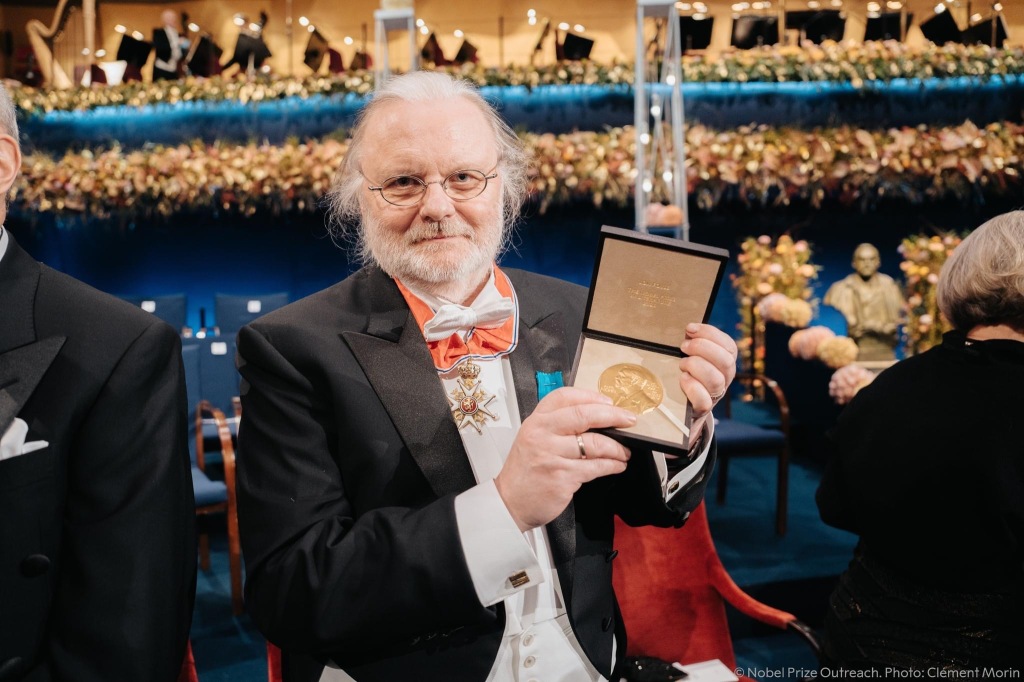
Jon Fosse delivered his thoughtful inspiring Nobel Prize lecture in literature on 7th December 2023 at the Swedish Academy in Stockholm. The whole text can be found online Jon Fosse – Nobel Prize lecture in English, Swedish and Norwegian, translated beautifully into English by May Brit Akerholt. On the World Book Day and Copyright Day I really felt like quoting some paragraphs from his speech to remember the words and to reflect.
A Silent Language
When I was at junior high school, it happened without warning. The teacher asked me to read aloud. And out of nowhere, I was overcome by a sudden fear that overpowered me. It was like I disappeared into the fear and it was all I was. I stood up and ran out of the classroom. I noticed the big eyes of the students as well as the teacher following me out of the class room.
This fear of reading aloud followed me. As time went by, I found the courage to ask the teachers to be excused from reading out loud, as I was so afraid of it, some believed me and stopped asking me, some thought that in one way or another, I was pulling their leg.
I learnt something important about people from this experience. I learnt many other things […] In a way it was as if the fear took my language from me, and that I had to take it back, so to speak. And if I were to do that, it couldn’t be on other people’s terms, but on my own. I started to write my own texts, short poems, short stories. And I discovered that doing so, gave me a sense of safety, gave me the opposite of fear. In a way I found a place inside myself that was just mine, and from that place I could write what was just mine.
Now, about fifty years later, I still sit and write – and I still write from this secret place inside me, a place I quite honestly don’t know much more about other than that it exists. The Norwegian poet Olav H. Hauge has written a poem where he compares the act of writing to being a child, building leaf huts in the forest, crawling into them, lighting candles, sitting and feeling safe in dark autumn evenings. I think this is a good image of how I, too, experience the act of writing.
Through the fear of reading aloud I entered the loneliness that is more or less the life of a writing person – and I’ve stayed there ever since. I’ve written a great deal of both prose and drama. And of course, what characterises drama is that it is written speech, where the dialogue, the conversation, or often the attempt to speak, and what there may be of monologue, is always an imagined universe, is a part of something that doesn’t inform, but that has its own being, that exists. […] One thing is certain, I have never written to express myself, as they say, but rather to get away from myself.
And the act of writing is to me to listen: when I write I never prepare, I don’t plan anything, I proceed by listening. So if I should use a metaphor for the action of writing, it has to be that of listening. Thus, it almost goes without saying, that writing is reminiscent of music. And at a certain time, in my teens, I went more or less directly from only being engaged with music, to writing. I actually completely stopped both playing music myself and listening to music, and started to write, and in my writing, I tried to create something of what I experienced when I played. That’s what I did then – and what I still do. Something else, perhaps a bit strange, is when I write, at a certain point I always get a feeling that the text has already been written, is out there somewhere, not inside me, and that I just need to write it down before the text disappears.
My first books were quite poorly reviewed, but I decided not to listen to the critics, I should just trust myself, yes, stick to my writing. And if I hadn’t done that, yes, then I would have stopped writing after my debut novel, Raudt, svart (Red, Black) came out forty years ago. Later I received mostly good reviews, and I even started to receive prizes – and then I thought that it was important to continue with the same logic, if I didn’t listen to the bad reviews, I also wouldn’t let success influence me, I would hold fast to my writing, hold on to, hang on to what I had created. When it was announced that I had been awarded the Nobel Prize in Literature, I received a lot of emails and congratulations, and of course I was very pleased, most of the greetings were simple and cheerful, but some people wrote that they were screaming with joy, others that they were moved to tears. That truly touched me.

